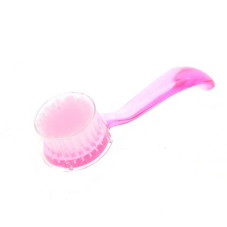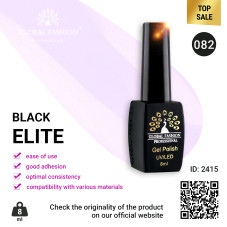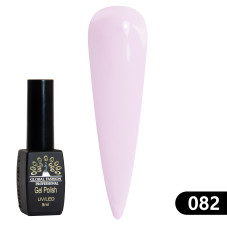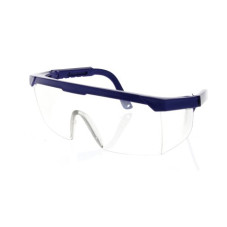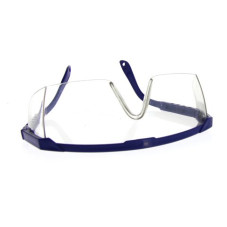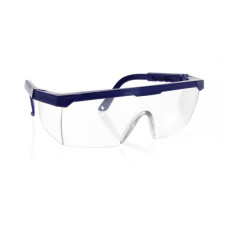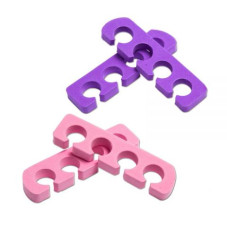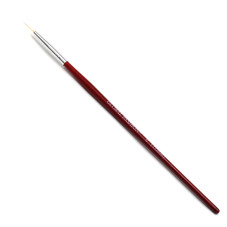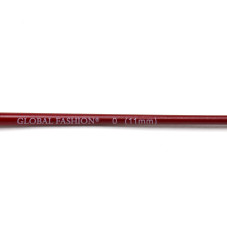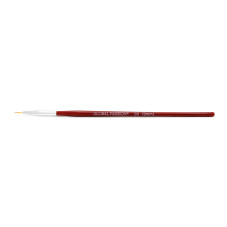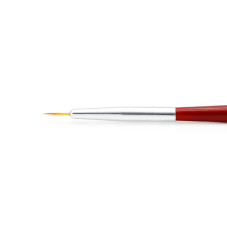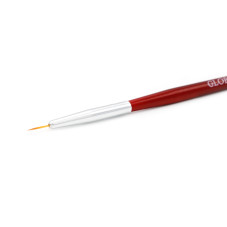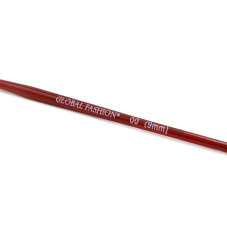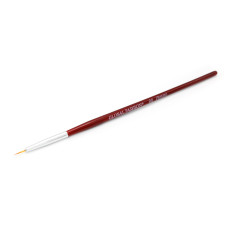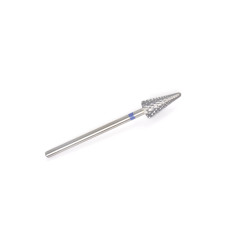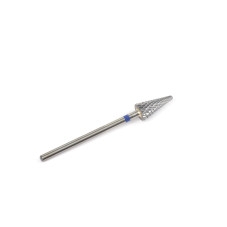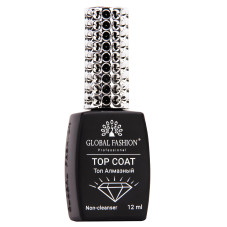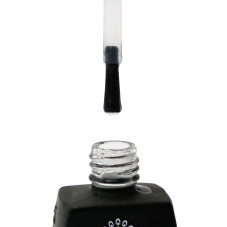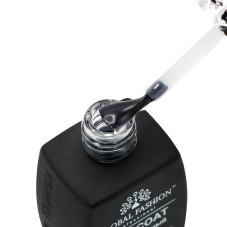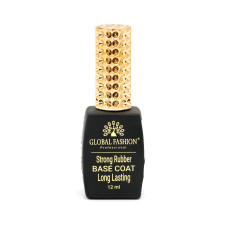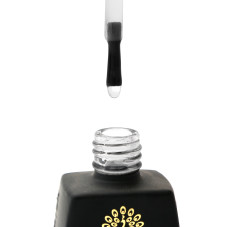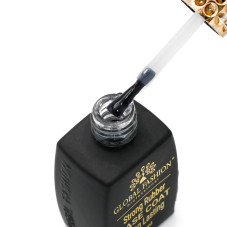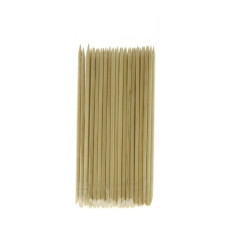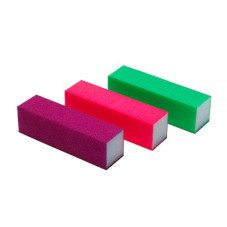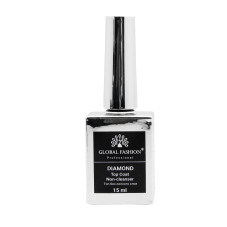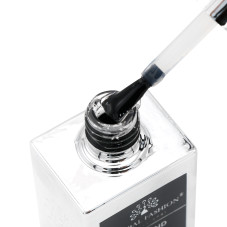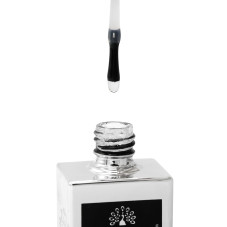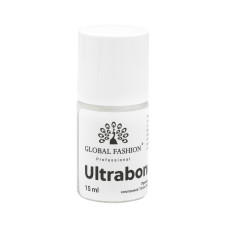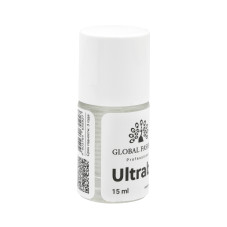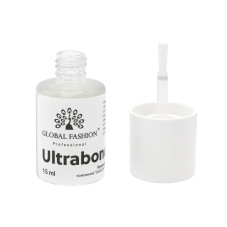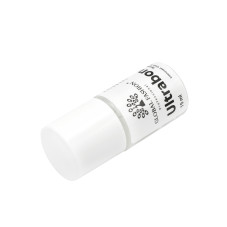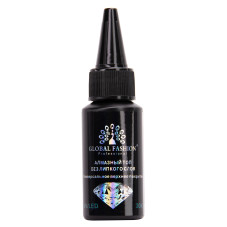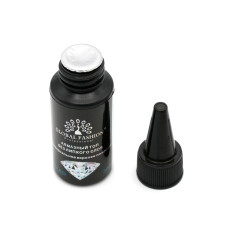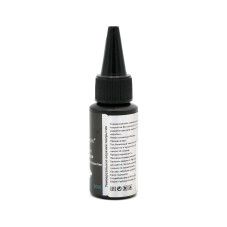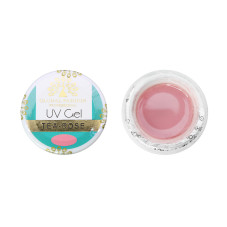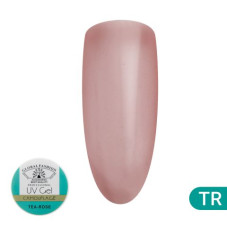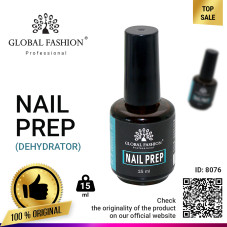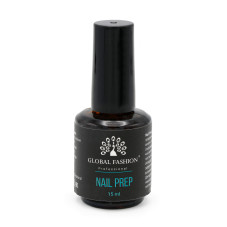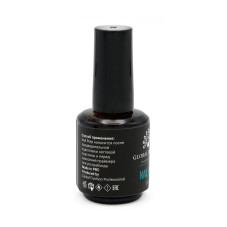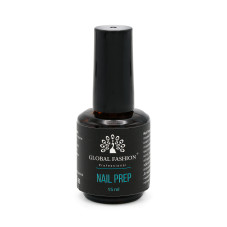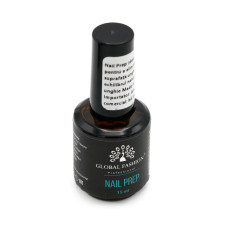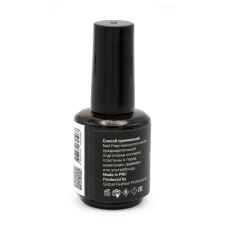Cemented carbides are widely used in various industrial and manufacturing applications for their excellent wear resistance, toughness, and high strength. They are commonly used in cutting tools, mining tools, and wear parts for heavy equipment. One of the most critical aspects of using carbide is to ensure a secure and reliable attachment to the tool or component.
Attachment of cemented carbides can be done through various techniques, including brazing, welding, mechanical clamping, and adhesive bonding. Each method has its advantages and disadvantages, depending on the application and the desired results.
Brazing is one of the most common methods for attaching cemented carbides to metal components. This process involves using a filler metal that melts at a lower temperature than the carbide and metal substrate. The brazing material is placed between the carbide and metal substrate and heated to the appropriate temperature, causing it to melt and flow into the joint. Once cooled, the brazed joint provides a strong and reliable attachment.
Welding is another technique for attaching carbide, particularly in applications where high temperatures and pressures are involved. This process involves melting the carbide and the metal substrate, forming a fusion bond between the two materials. The welding process can result in a joint with excellent strength and durability, but it can also cause some distortion in the carbide material.
Mechanical clamping is a simple and reliable method for attaching carbides. This process involves using screws, bolts, or other fasteners to clamp the carbide to the substrate. This technique is particularly useful for cutting tools and wear parts that require frequent replacement, as it allows for easy removal and replacement of the carbide component.
Adhesive bonding is a method that is gaining popularity in some applications, particularly in the medical and dental fields. This process involves using a special adhesive that bonds the carbide to the substrate. The adhesive may be a two-part epoxy, cyanoacrylate, or another bonding agent that is selected for its compatibility with the carbide and substrate materials.
No matter which technique is used for attaching cemented carbides, it is essential to follow strict guidelines and standards to ensure that the attachment is strong, reliable, and long-lasting. A poorly attached carbide can result in premature wear or failure, leading to costly downtime and repairs. Proper attachment of cemented carbides is a critical part of ensuring that industrial and manufacturing processes run smoothly and efficiently.
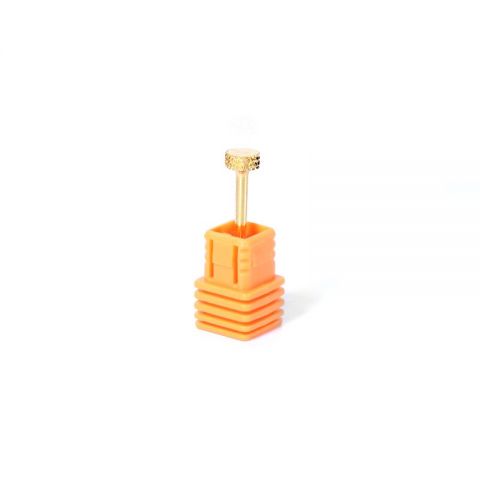
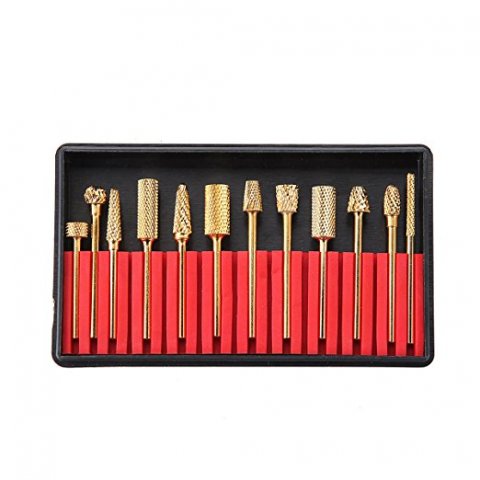
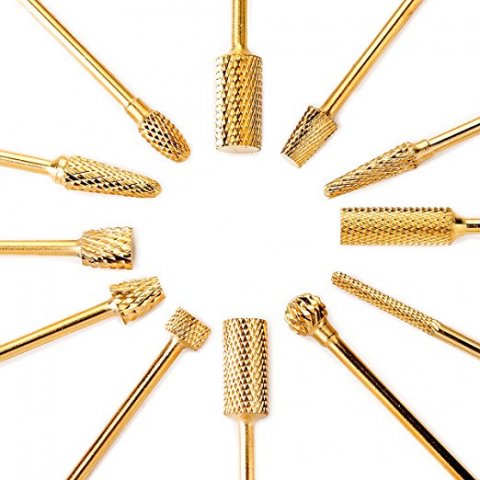
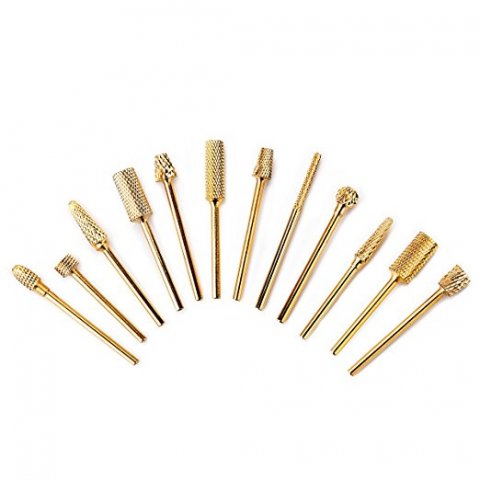
 Product review video:
Product review video:
